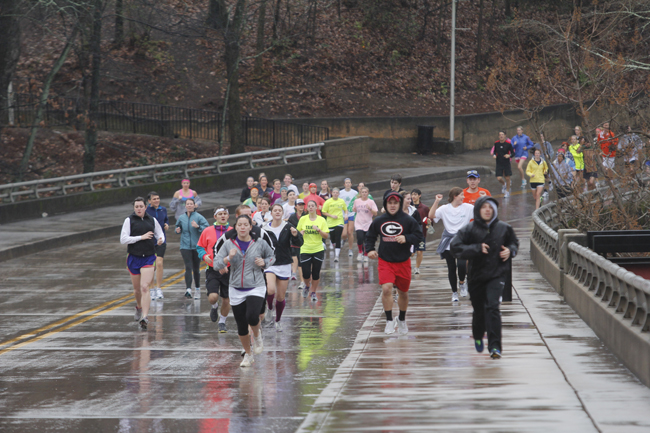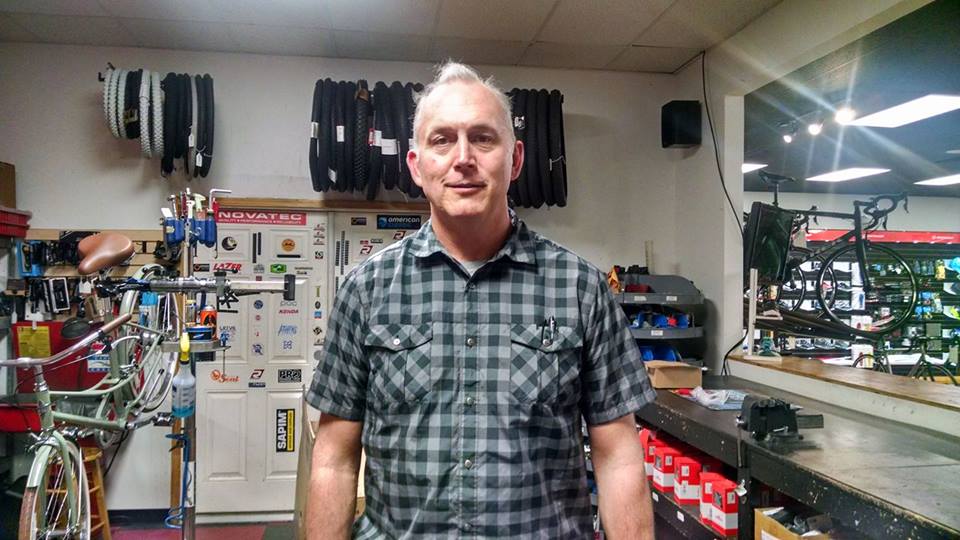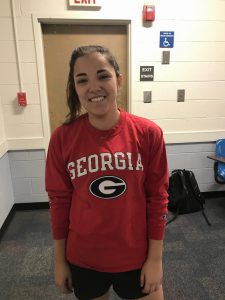Classic City Running Culture: How 5Ks Contribute to the Community
The 5K Experience
On a cold winter morning, as knuckles are chapped and windshields are frozen over, runners flock to Smith St. to line up for the annual UGA Miracle Donut Dare.
The directors of the race are decked out in American Flag jumpsuits as they scream through the megaphones to awaken runners for their impending 5K. Music is playing and t-shirts are quickly being distributed as runners assume the position to begin the journey through campus.
The cold is not the only factor making this race arduous, as runners are led to eat 10 donuts in the middle of the race and continue the trek to the finish line right outside of the UGA tennis courts.
By the time the runners sign their name cards to record their times with cold hands full of sugar, they are officially a part of a community of runners participating in philanthropic events.
The UGA Miracle Donut Dare is one of the many 5Ks that are conducted in Athens-Clarke County. The runners that participate are full of energy and they care about issues that can be addressed through 5Ks.
The Athens Runner Spirit
“I think the running culture is really strong here in Athens,” says Allie Myers, 3rd year student studying marketing and international business with a minor in German from Snellville, GA. “Running is vibrant in Athens.”
Myers is one of the many Athens residents who attempt to run every day, regardless of the time of day or night.
“I know my freshman year I would go on really late night runs at like 10PM, 10:30… but I also like running in the mornings,” says Myers.
In the city of Athens, GA, runners can be seen at all hours of the day and night. Running is a common hobby in the classic city, and the amount of opportunities to participate in group-runs, 5Ks and individualized routes are endless.

Athens 5Ks
Almost every Saturday morning in Athens, there is a 5K race occurring to raise awareness or money for a certain cause. The funds often go towards the Athens-Clarke County community, or towards other philanthropic endeavors outside of the town.
For some runners, 5Ks are a time to participate in an event aimed at specifically benefitting a cause that is dear to them. For some, it is a time to have fun by enjoying the specified theme laid out by the creators of the race. For others, 5Ks are simply a way to remain healthy and fit in an enjoyable manner throughout Athens.
“We’re getting more local runners, or the number of local runners is growing,” says Jared Bailey, creator of AthFest, an organization aimed at raising money for children throughout Athens at events like the AthHalf half marathon (Morales.) “Basically, the running community in Athens is growing.”
With the running community increasing in Athens, the amount of 5Ks is increasing as well. Several student organizations produce 5Ks that raise money for different entities.
An example of a student-led 5k is the annual UGA Miracle Donut Dare. The Donut Dare follows a well-used course throughout the University of Georgia campus. The course begins at Stegeman, goes by Sanford Stadium, and targets many points that experienced Athens runners know far too well.
The Donut Dare is no conventional race, as it includes devouring ten donuts in the middle of the run. The race also occurs during the winter, so the donuts are nowhere near the heat level when the “Hot Now” sign is working.
“It was brutal. At the time I was actually in pretty good shape, but eating 8 donuts and running again after consuming that much sugar greatly impeded my running ability,” said Benjamin Eady, 3rd year political science and international affairs major from Oxford, GA.
Eady said, “It was a fun and lighthearted atmosphere with undertones of pain and frustration due to consumption of delicious but deadly Krispy Kreme donuts.”
In 2015, the Donut Dare generated $17,000 for Children’s Healthcare of Atlanta (Drake.) Each year the race creates significant funds for the hospital, and is a primary event of the yearlong fundraising efforts of UGA Miracle.
For many Athens residents, running specific 5Ks has become somewhat of a tradition. Yearly races provide opportunities for families and friends to come together and enjoy time spent outdoors with their loved ones.
“My family does a traditional run every year, the Dog Trot, which is through the Alumni Association,” says Chip Chambers, 2nd year student studying biology and economics from Watkinsville, GA.
The specific courses also add to the 5K experience. Data collected on mapmyrun.com show that Athens, GA has 14,943 routes tracked by runners (Map my Run.) Many of the specific 5K routes are run throughout campus or on the more flat surfaces. The city of Athens is full of hills, and race directors often lean towards creating a route that does not have excessively strenuous hills.
Here is an interactive map showing the one course allowed by the UGA Recreation Department for outside groups to use:
Media is not available right now – ThingLink
Media is not available right now – ThingLink
The Process
5Ks involve many members to create a successful event. Directors of specific runs plan for months in order to effectively produce a run. Preparation ranges from stuffing runner packets to gathering volunteers to assist in cheering on runners or passing out waters. The specific factors can require going over the routes several times to ensure a seamless runner experience for all participants.
“For larger events, often times community members will gather at different mile markers to support the runners throughout the course,” says Eady. “It does a great job of engaging the community.”
Community engagement is created by the idea of running, cheering others on, and it sometimes relates to the direct theme of the individual 5k. The Dog Jog brings dog lovers together to run not only with their friends, but also alongside their beloved animals. The Donut Dare brings college students and other residents alike together to brave the cold and the heavy donuts in the middle of the race to raise money for Children’s Healthcare of Atlanta.
The directors and organizers of the 5K races are almost as varied as the themes of the different runs. Many student organizations completely organize the races on their own. Other running organizations including Athens Running Company and Fleet Feet Sports organize runs for community members.
Different leaders who have experience organizing runs for individuals in Athens include David Shinholser of Fleet Feet Sports, Leslie Trier and Kent Kilpatrick of Athens-Clarke County Leisure Services, David Laggis and Mark Schroeder of Athens Running Company and Julie Thompson, president of the Athens Road Runners.
These individuals are passionate about running, and have made significant commitments to enhance the running experience for runners in the community. By organizing group runs open to the entire community, directing 5Ks and selling quality running shoes so individuals do not have to drive to Atlanta to receive the best in running apparel.
The routes also play a major role in the runner experience. On the Map My Run website, there are over 4,000 recorded runs made by individuals throughout the community. However, when it comes to 5K races, similar courses are used. With Athens having several hills that add extra challenges to running, flatter surfaces are implemented as much as possible. Benefits of using similar routes are that runners are familiarized with the courses, and they are easier than very hilly areas. Cons of using similar routes are the lack of variety.
The running culture is Athens is one that is distinct. Members of the Athens running community run together, plan races together, and cheer for each other as they cross the finish line.
5K races make the running community come to life, in ways that often benefit others through raising funds. The different race themes add to the variety in interests displayed by runners. The streets of Athens rarely go without runners passing over them, regardless of the time of day or night. With passionate leaders in the running community, and students and residents showing continued interest in 5Ks, the running culture will remain distinct and supported.
To view 5Ks firsthand through social media posts and videos, check out this Storify! https://storify.com/ckeen/athens-5ks
Works Cited
“Athens Running Trails.” http://www.mapmyrun.com/us/athens-ga/. 11 Apr. 2017.
Chambers, Chip. In-person interview. 11 Apr. 2017.
Drake, Kallie. “Take the Dare: UGA Miracle hosts Doughnut Dare 5K.” The Red & Black. 29 Jan. 2016. Web. 19 Apr. 2018.
Eady, Benjamin. In-person interview. 12 Apr. 2017.
Morales, Kristen. “Runners Are Getting Organized as the Sport Grows.” Flagpole. 16 Oct. 2013.
Myers, Allie. In-person interview. 11 Apr. 2017.













